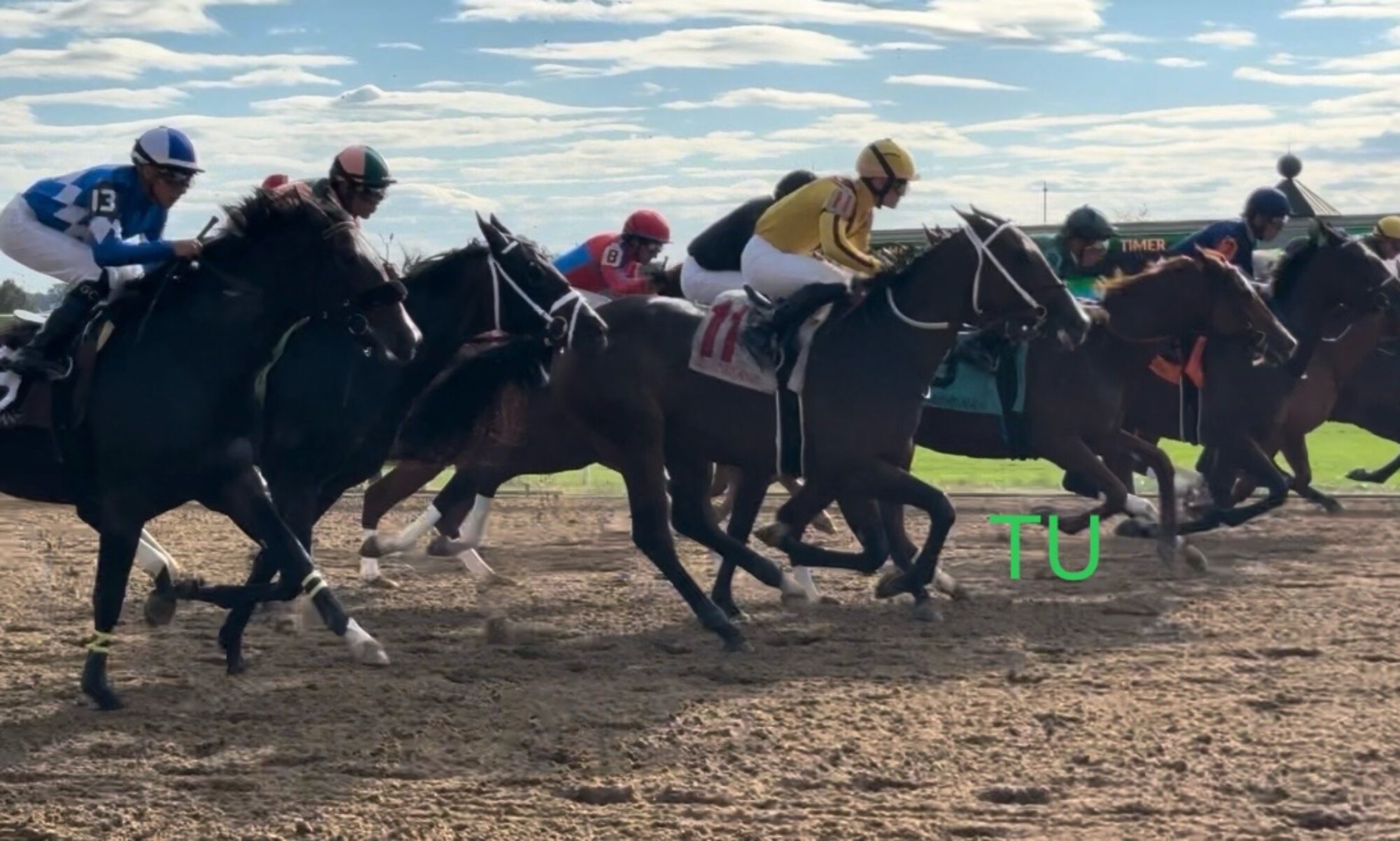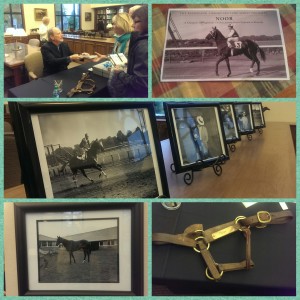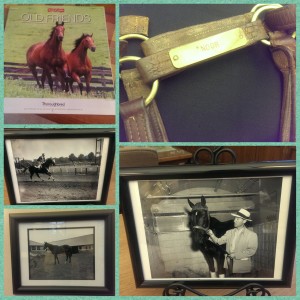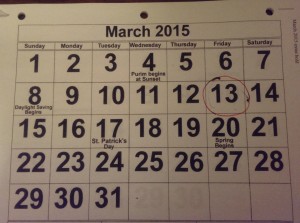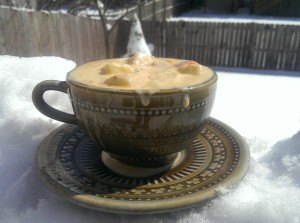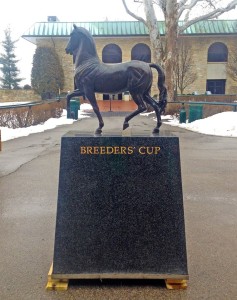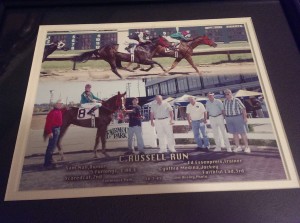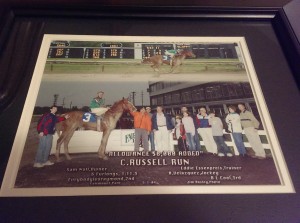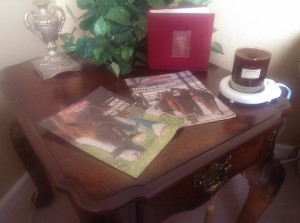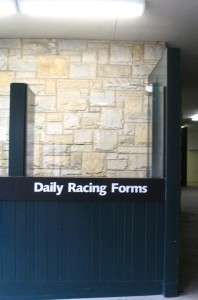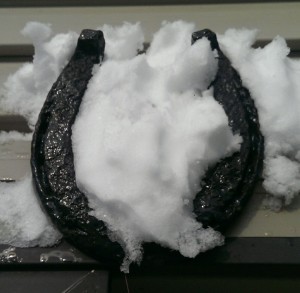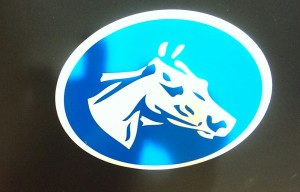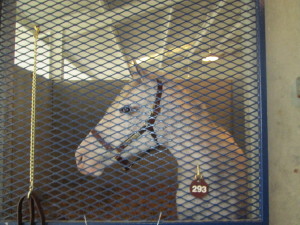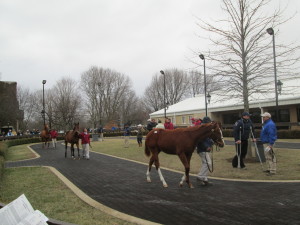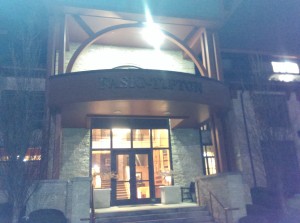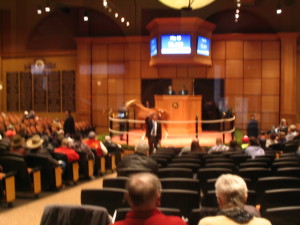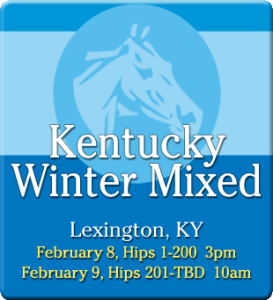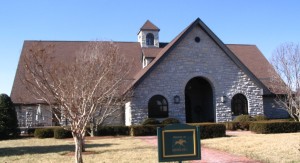In the midst of preparing for the upcoming Belmont Stakes it was fortunate timing that I took a stay-cation from my day job and I had time to attend the latest presentation in the Keeneland Library Lecture Series. It was refreshing to take my mind off all of the anxieties of what may occur in this weekends stake races and pay attention to a little less known horsey history. Last night I learned a lot about Noor.
Author, Milton C. Toby spoke about his 5th book on horses in the presentation that I attended. His latest book is, “Noor: A Champion Thoroughbred’s Unlikely Journey from California to Kentucky.” Noor was, according to Toby, perhaps “the best horse no one remembers.” This Thoroughbred was born in England in 1945 and died in California November 16, 1974. He had a great pedigree. His sire was the 5 time leading sire, Nasrullah, and his dam was Queen of Bagdad, by the 1935 English Triple Crown winner, Bahram. Noor had a good racing career in England and even showed in the Epsom Derby there but he really started to prove his worth when Charles S. Howard bought him and brought him to California. Howard had owned the amazing Seabiscuit, who passed away in May of 1947. Howard was looking for another special horse, and he found that in Noor. Unfortunately, Howard died in June of 1950, before he could witness all of Noor‘s successes.
In his racing days, Noor, set 3 world records and 3 track records. He beat U.S Triple crown winner Citation in 4 of 5 races. He also beat U.S Triple Crown winner Assault twice. This makes him the 1st of only 2 horses to ever win against 2 Triple Crown winners. Does anyone know who the name of the other horse that can claim this feat? Noor, also beat out the 1950 Horse of the Year, Hill Prince, and the 1949 Kentucky Derby winner, Ponder, passing both of them in the 1950 Hollywood Cup. Noor was named the 1950 U.S. Champion Handicap Male Horse and in 2002 was inducted into the U.S. National Museum of Racing and Hall of Fame.
There are some reasons Noor flew under the radar. His owner’s declining health and death kept him from being well publicized. The Korean War began in 1950 as well, which shifted the focus off racing somewhat. Noor had been sent by train to the East Coast to race but had not done well and that kept his wide spread notoriety down. He retired to stud in 1950 creating 139 winners from 256 foals. Thirteen of his foals were stakes winners including Noor’s Image who produced 1968 Kentucky Derby winner, Dancer’s Image, who later lost the title to a drug scandal that was fought for a hard 5 years.
Noor had a second chance at recognition after his death. In 2011 he was exhumed and moved 2,300 miles from California to Old Friends Hall of Fame cemetery in Georgetown, Kentucky. Old Friends has properties in KY and New York for retired Thoroughbreds. I had the pleasure of meeting owner Micheal Blowen and volunteer and tour guide John Bradley at the lecture. I am looking forward to taking a field trip there soon. If you want to assist them in helping Thoroughbreds click here Old Friends.
I hope some of you got the question right, Does anyone know who the name of the other horse that can claim this feat? It was Exceller! Exceller beat Triple Crown winners Affirmed and Seattle Slew in the same race, The Jockey Club Gold Cup and Belmont Park in 1978. Now back to Belmont Stakes prep.
